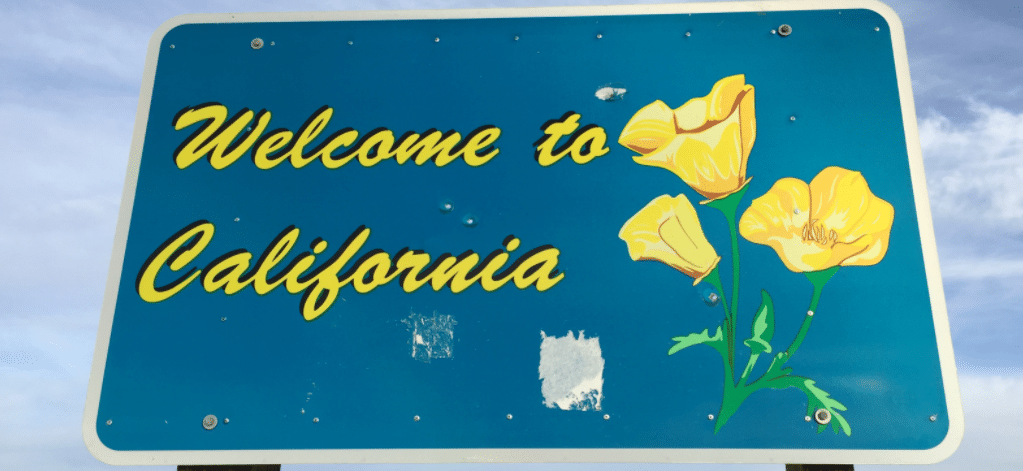California has shown the country how to adopt solar properly. Now, if a new bill currently before the legislature passes, it could pioneer the development of effective energy-storage programs, too.
Senate Bill (SB) 700, which was approved by the state’s Senate Energy, Utilities and Communications Committee last week, would require the California Public Utilities Commission (PUC) to establish an Energy Storage Initiative (ESI) to pair with its support of distributed solar generation – effectively creating an incentive program to encourage solar customers to add storage to their systems.
The bill now goes to the Senate for passage.
Under the provisions of SB 700, the PUC would require utilities to establish an ESI before Dec. 1, 2018, and submit a budget for each program to the State Energy Resources Conservation and Development Commission. After approval, utilities would collect a specified amount of money between 2018 and 2027 to find the programs and provide rebates for energy-storage systems.
In addition, SB 700 would require that up to 25% of the money utilities collect be allotted to deployment of energy-storage systems to low-income neighborhoods and housing, along with programs to encourage job training and employment opportunities in those same communities.
“To maximize the benefits of combined solar plus storage and reduce greenhouse gas emissions, policymakers must continue the path of establishing appropriate price signals grounded in good utility rates and tariffs along with clear and transparent interconnection rules,” said Ben Airth, a board member of the California Solar Energy Industries’ Association.
“But they also must deploy properly designed market transformation programs that effectively reach all businesses and residents, particularly low-income customers who pay a higher percentage of their total income toward their energy bills than other population segments,” he added.
If the bill passes, current energy-storage systems that are eligible for rebates under the self-generation incentives would be transferred to the ESI program and lose their eligibility under the old one. The legislation would also cut the amount of money utilities have to pay ratepayers under the self-generation incentive program by the amount equal to what the ratepayers will receive from the new ESIs.
“In this time of changing rates and higher utility bills, combining solar and energy storage improves stability for the power grid and will ultimately help Californians take more control of their energy usage,” Airth said. “It will also contribute equitably to the state’s clean energy future. An investment in incentivizing energy storage technology, just like California did for solar, will be well worth the effort.”
This content is protected by copyright and may not be reused. If you want to cooperate with us and would like to reuse some of our content, please contact: editors@pv-magazine.com.








By submitting this form you agree to pv magazine using your data for the purposes of publishing your comment.
Your personal data will only be disclosed or otherwise transmitted to third parties for the purposes of spam filtering or if this is necessary for technical maintenance of the website. Any other transfer to third parties will not take place unless this is justified on the basis of applicable data protection regulations or if pv magazine is legally obliged to do so.
You may revoke this consent at any time with effect for the future, in which case your personal data will be deleted immediately. Otherwise, your data will be deleted if pv magazine has processed your request or the purpose of data storage is fulfilled.
Further information on data privacy can be found in our Data Protection Policy.